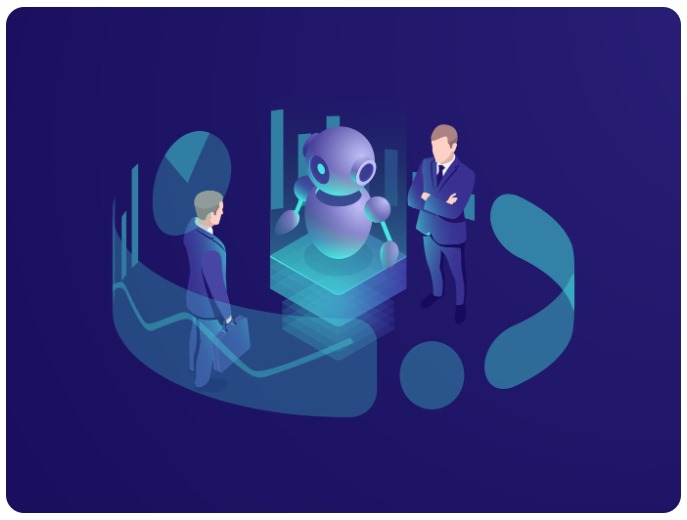Customer service has always been the backbone of any successful business. But in 2025, it’s no longer just about solving problems but about creating seamless, personalized experiences in an age of rapid technological advancements. With automation tools like neurons, automated workflows, and SMS reminders, businesses now have the power to deliver faster, smarter support while preserving empathy and human connection. In this guide, you will learn how customer service automation works, the challenges it brings, and how to maintain the balance between technology and humanity in an increasingly digital world.
Understanding Customer Service Automation
Customer service automation refers to using technology to handle tasks that previously required human effort. From answering FAQs to routing support tickets and predicting customer needs, automation streamlines operations, making them faster and more efficient. When deployed thoughtfully, it enables businesses to reduce response times, cut costs, and improve overall customer satisfaction.
The Benefits of Automation in Customer Service
Undoubtedly, automation significantly improves customer service, and below are some of the numerous benefits of automation in customer service:
1. Faster, More Efficient Service
Automated systems can process and resolve multiple inquiries simultaneously, ensuring quick responses, even during high-demand periods. This speed meets growing consumer expectations for immediacy.
2. Cost Savings

By automating routine and repetitive tasks, businesses can minimize labor costs, reallocating human resources to focus on high-impact tasks that require creativity and empathy.
3. Personalized Interactions at Scale
AI-powered systems analyze customer data to tailor responses and recommendations. This scalability ensures personalized support for every customer, without overburdening staff.
How Automation Improves Customer Service
Smarter Workflows
Automated workflows have redefined how customer service operates. In older systems, incoming queries were often sorted manually, causing delays. Today, automated systems sort and assign tickets instantly based on urgency, customer history, and the type of issue. This ensures that customers are routed to the right agent or solution without unnecessary wait times.
Modern tools also integrate seamlessly with CRM systems, giving agents a full view of customer interactions. This streamlines support efforts, improves accuracy, and reduces frustrating errors. Businesses that adopt automated workflows consistently report faster resolutions and higher customer satisfaction
Neural Networks: Intelligent, Adaptive Support
Neural networks, powered by artificial intelligence, are transforming customer service by mimicking human learning and decision-making. These systems analyze massive amounts of data to detect patterns, predict customer needs, and provide proactive solutions.
For example, they can monitor interactions across multiple channels—email, chat, and social media—to identify potential issues before they escalate. A customer frequently asking about product compatibility might trigger a tailored recommendation or a follow-up message to address their concerns. This level of attentiveness fosters trust and loyalty.
Advanced chatbots, driven by neural networks, are also more conversational and context-aware. They can handle complex queries and seamlessly escalate unresolved issues to human agents. Unlike early bots, these systems ensure customers don’t feel stuck in endless loops of automated responses.
SMS Reminders: Simple Yet Effective

While email and chat dominate digital communication, SMS remains a highly effective tool for delivering time-sensitive updates. In 2025, SMS reminders are invaluable for:
- Notifying customers about appointments or schedule changes.
- Sending real-time updates on service requests.
- Sharing follow-ups or personalized offers post-interaction.
The key to SMS success lies in personalization. Generic messages can feel intrusive, but tailored reminders with specific details—like using the customer’s name or referencing a recent interaction—improve engagement and build loyalty.
Challenges and Ethical Considerations
Marketing automation is powerful, but it comes with challenges that businesses must address thoughtfully. Here are some of the challenges of customer service automation:
- Over-Reliance on Automation: Leaning too heavily on automated systems can alienate customers who prefer human interaction, especially for complex or emotional issues.
- Data Privacy Concerns: With automation heavily reliant on customer data, protecting sensitive information is critical. Businesses must comply with privacy regulations and ensure robust security measures.
- Transparency: Customers appreciate honesty. Informing them how automation works and offering clear options to opt-out of automated interactions fosters trust.
How to Balance Automation with Human Support
- Segment Tasks by Complexity
Automate repetitive and straightforward tasks, but reserve emotionally charged or complex inquiries for human agents. Customers feel valued when their needs are met with the appropriate level of care. - Enable Seamless Escalation
Always provide customers with the option to connect with a human agent. Clear pathways for escalation prevent frustration and enhance trust in automated systems. - Train Agents for High-Value Interactions
As automation takes over routine tasks, human agents should focus on advanced problem-solving and emotional intelligence. Training agents to handle nuanced situations ensures exceptional service where it matters most.
Conclusion
Customer service automation in 2025 is a blend of cutting-edge technology and timeless human empathy. Automation tools like neural networks, automated workflows, and SMS reminders streamline operations and improve efficiency, but the human touch remains irreplaceable.
The brands that thrive will be the ones that embrace automation to enhance, not replace human interaction. By prioritizing transparency, ethical practices, and personalized care, businesses can deliver exceptional support that meets modern expectations without losing the essence of genuine connection.




